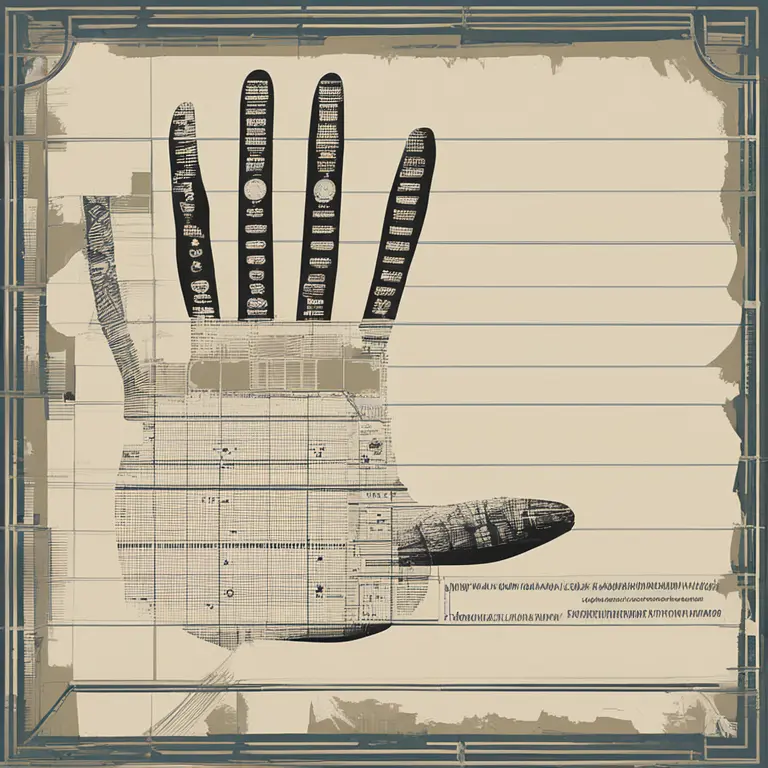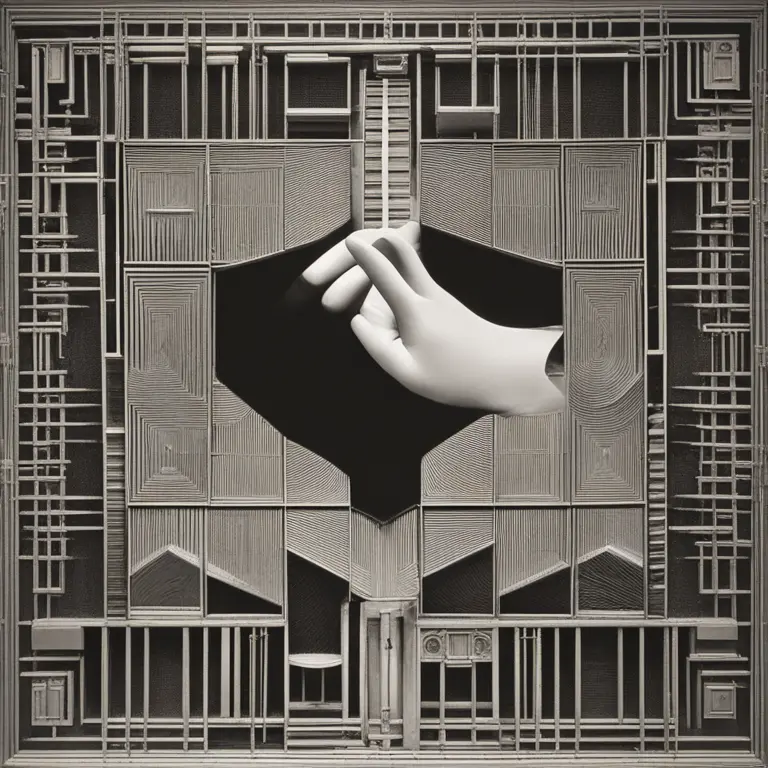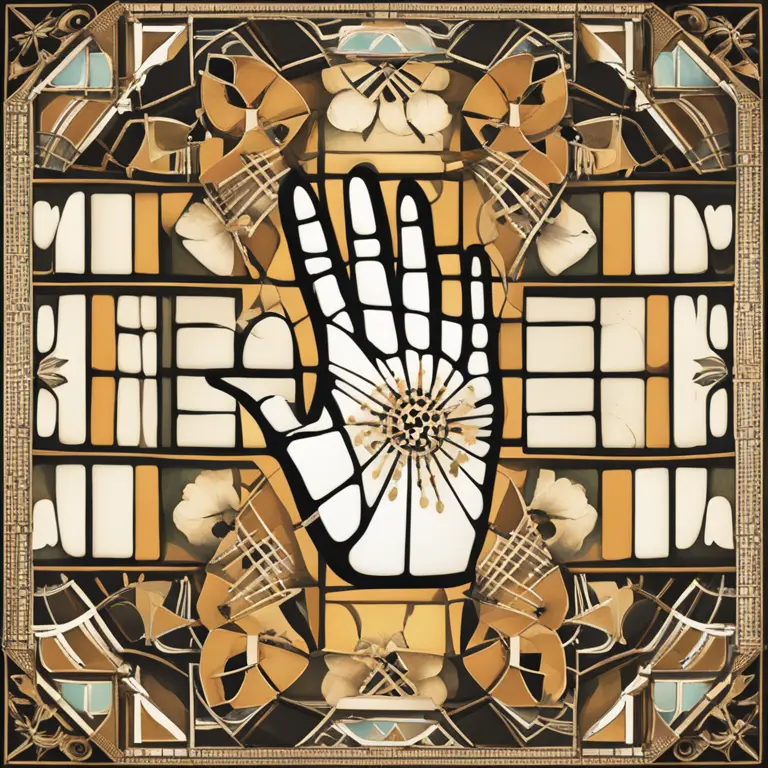
The Palmistry Guide to Your Non-Dominant Hand
Delve into the palmistry insights of your non-dominant hand, revealing personal potential and hidden traits.
article by Nora Pennington
Mysteries in Your Lesser Hand
In the ancient practice of palmistry, every hand tells a story. While the dominant hand is typically associated with the active, conscious life events and choices, the non-dominant hand is believed to unveil intrinsic qualities and untapped potential. Unlike classical palm reading where the dominant hand is given the spotlight, focusing on the non-dominant hand can provide a refreshing perspective on an individual's predisposed tendencies and natural instincts that sit beneath the surface of their everyday façade.

Birth Traits and Inherited Features
Traditional palmists regard the non-dominant hand as the carrier of inherited characteristics and passive aspects of one's personality. It’s akin to a blueprint from birth, displaying potential talents and qualities that may not be overtly expressed. Reading this hand can help you discover innate abilities or predict challenges that stem from your formative background, offering a deeper understanding of your foundational make-up in the context of palmistry.

Non-Dominant Vs. Dominant Hand Analysis
While the dominant hand reflects individual life changes, conscious decisions, and the influence of the external environment, the non-dominant hand, often referred to as the ‘passive hand,’ remains a more static mirror of your latent self. By examining both hands, a palmist might contrast your lived experiences with your natural endowments, providing a holistic picture of your journey and growth potential through life's evolving landscape.

Lines and Signs Under Scrutiny
When scrutinizing the non-dominant hand, particular attention is given to the heart line, the head line, the life line, and other notable markers such as mounts and crosses. The depth, length, and curvature of these lines and symbols may suggest aspects of character and life path that are primordial and less susceptible to change. How these elements differ from those on the dominant hand can highlight areas where one may have grown or diverged from their natural inclinations.

Subtleties in the Non-Dominant Hand
The subtler aspects of palmistry, such as the texture of the skin, finger shapes, and the flexibility of the hand, also hold significance in the non-dominant hand reading. It's a common belief in palmistry that these characteristics can allude to deep-seated personality traits and predispositions. For instance, a highly flexible non-dominant hand might indicate an adaptable and open-minded individual’s nature, whereas stiffer hands might suggest a more rigid or conservative character foundation.
Nurturing Dormant Potentials
Discovering the stories held within the non-dominant hand broadens self-awareness and can be a fascinating exercise in self-discovery. It’s thought that by understanding and nurturing the qualities outlined in the passive hand, individuals can tap into their dormant potentials and enhance their life experience. This facet of palmistry serves not only as a tool for prediction but also as a guidebook for personal development and growth.
A Dynamic Canvas for Growth
As we step further into the future, the interplay between free will and destiny remains a captivating dialogue within the palmistry community. Whether you are a staunch believer or hold a healthy dose of skepticism, the reading of the non-dominant hand can be a source of insight and even inspiration in personal development. As you leave imprints on the world, it’s an intriguing thought that your hands, in turn, depict a dynamic canvas continually shaped by the rich tapestry of your life.
Published: 2/1/2024
Modified: 2/1/2024
More predictions
Come back here soon to learn more about yourself and your future


The Art of Palmistry: Discover Your Lines' Secrets
Delve into the ancient tradition of palmistry to decode the story written in the lines of your hands.


The Palmistry Guide to Your Success Line
Discover the insights your palms hold about your path to success and how palmistry can reveal your potential for prosperity and achievement.


The Palm's Path to Prosperity: Interpreting the Success Line
Uncover the mysteries of the palmistry success line and learn how it may influence your journey towards achieving your goals and aspirations.